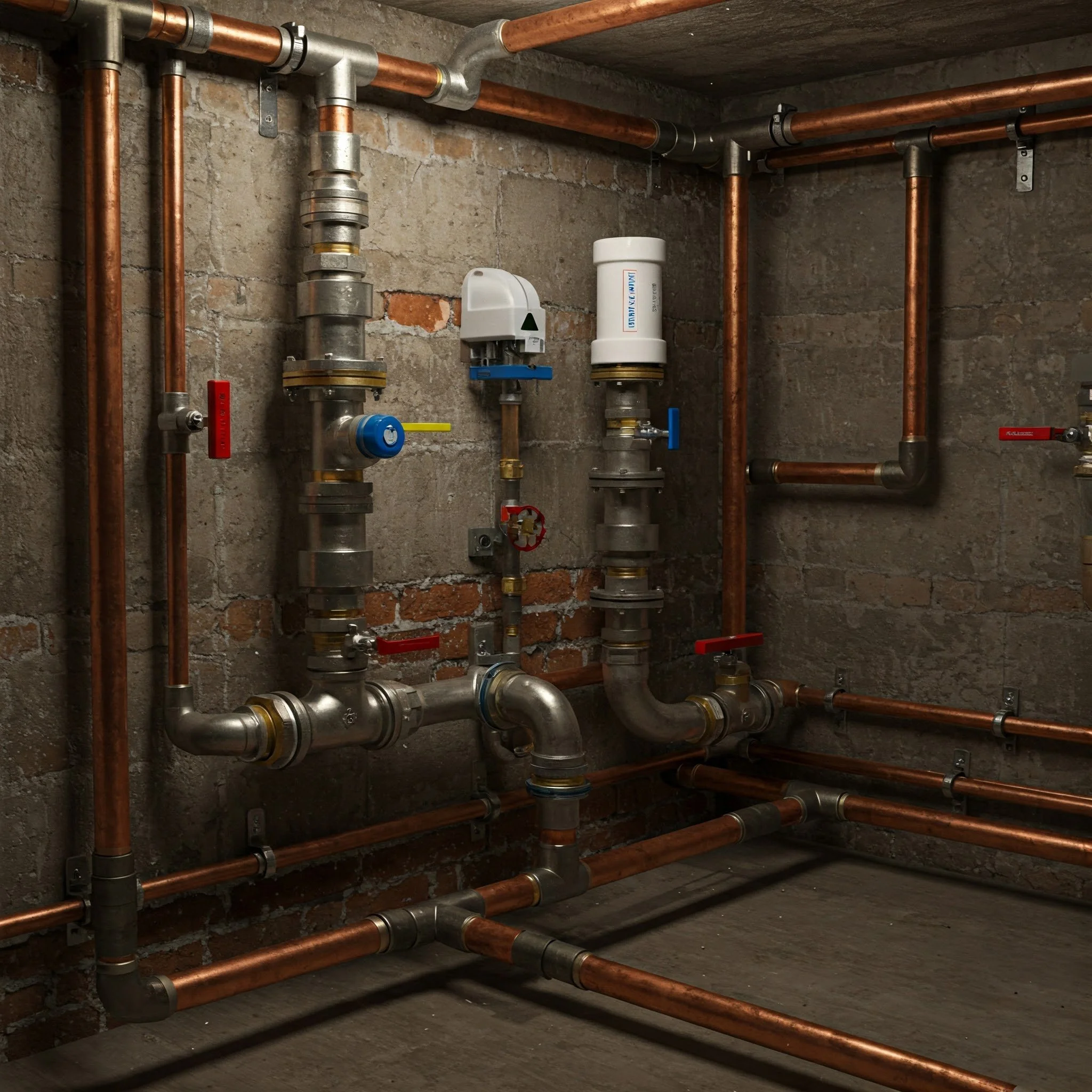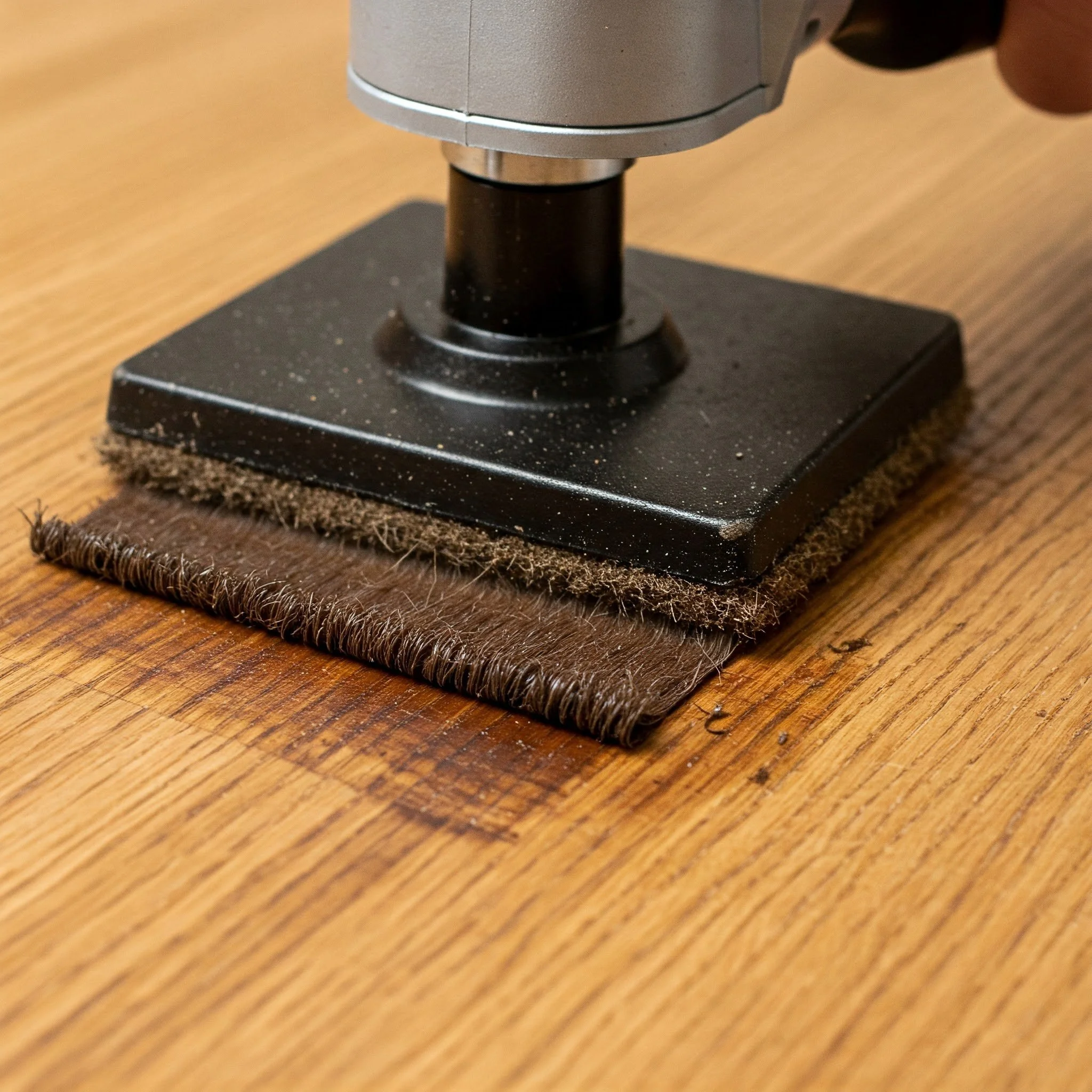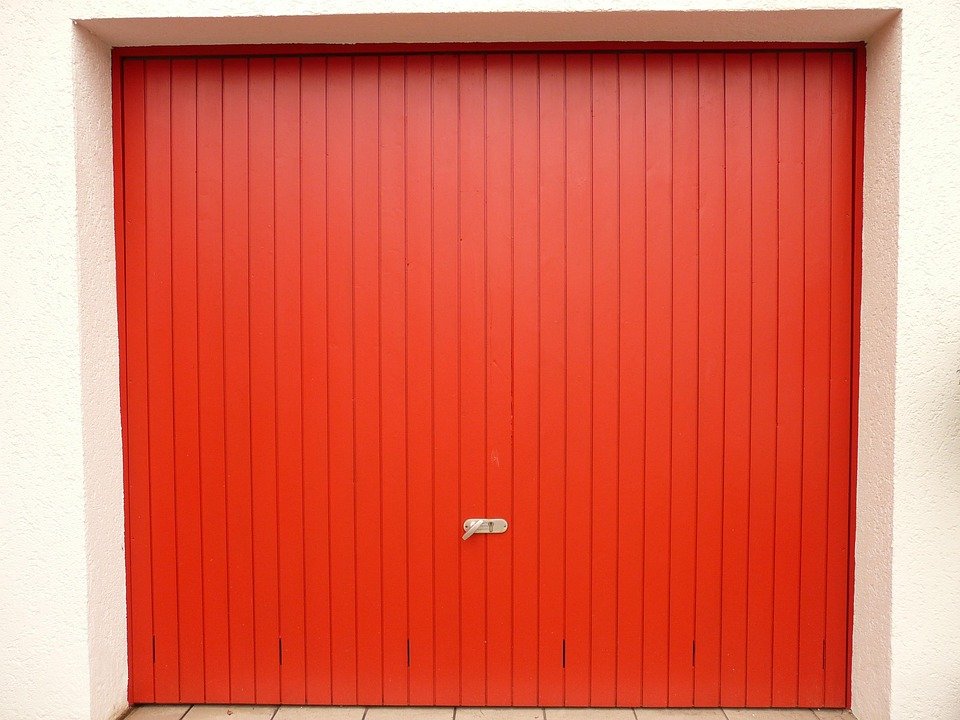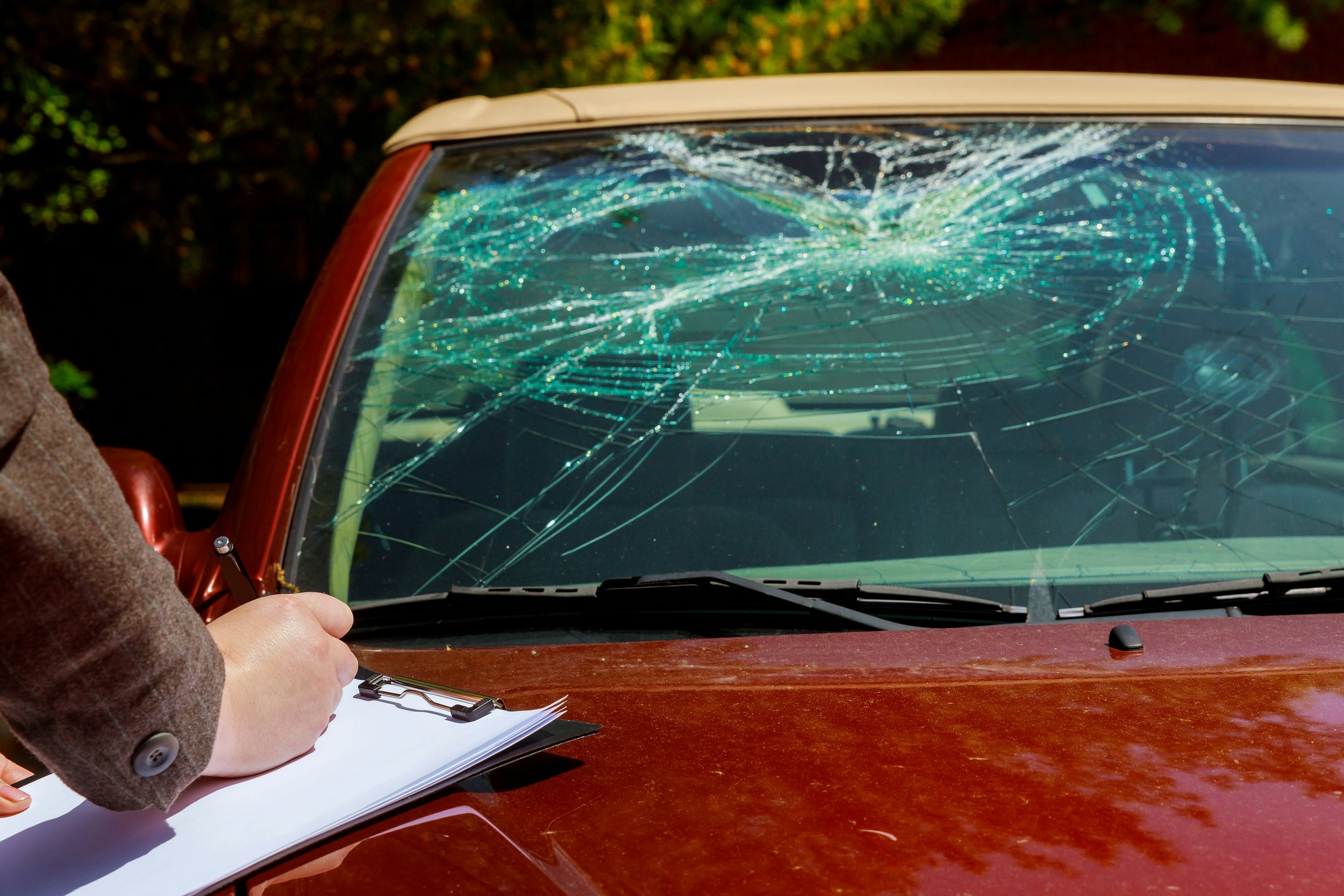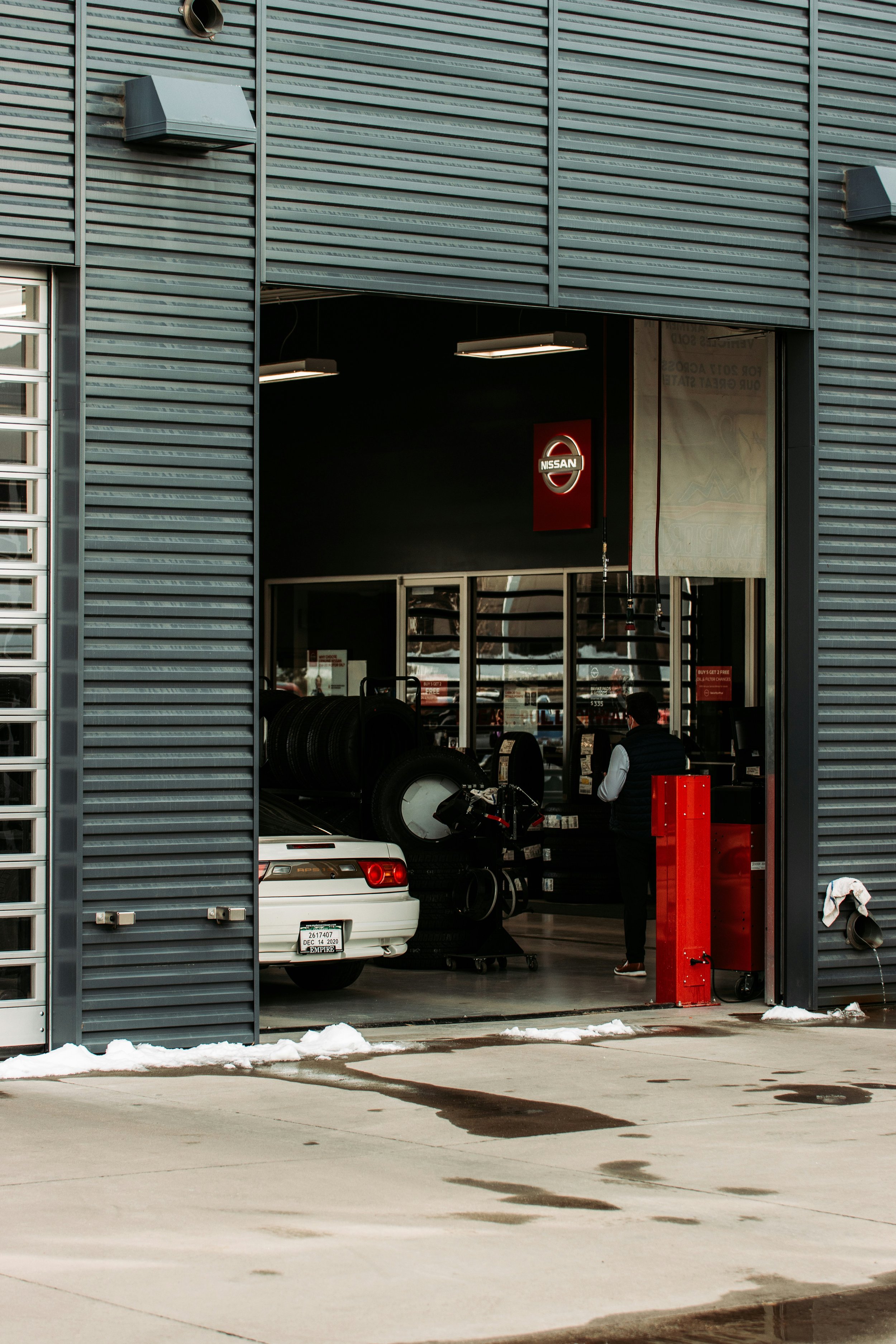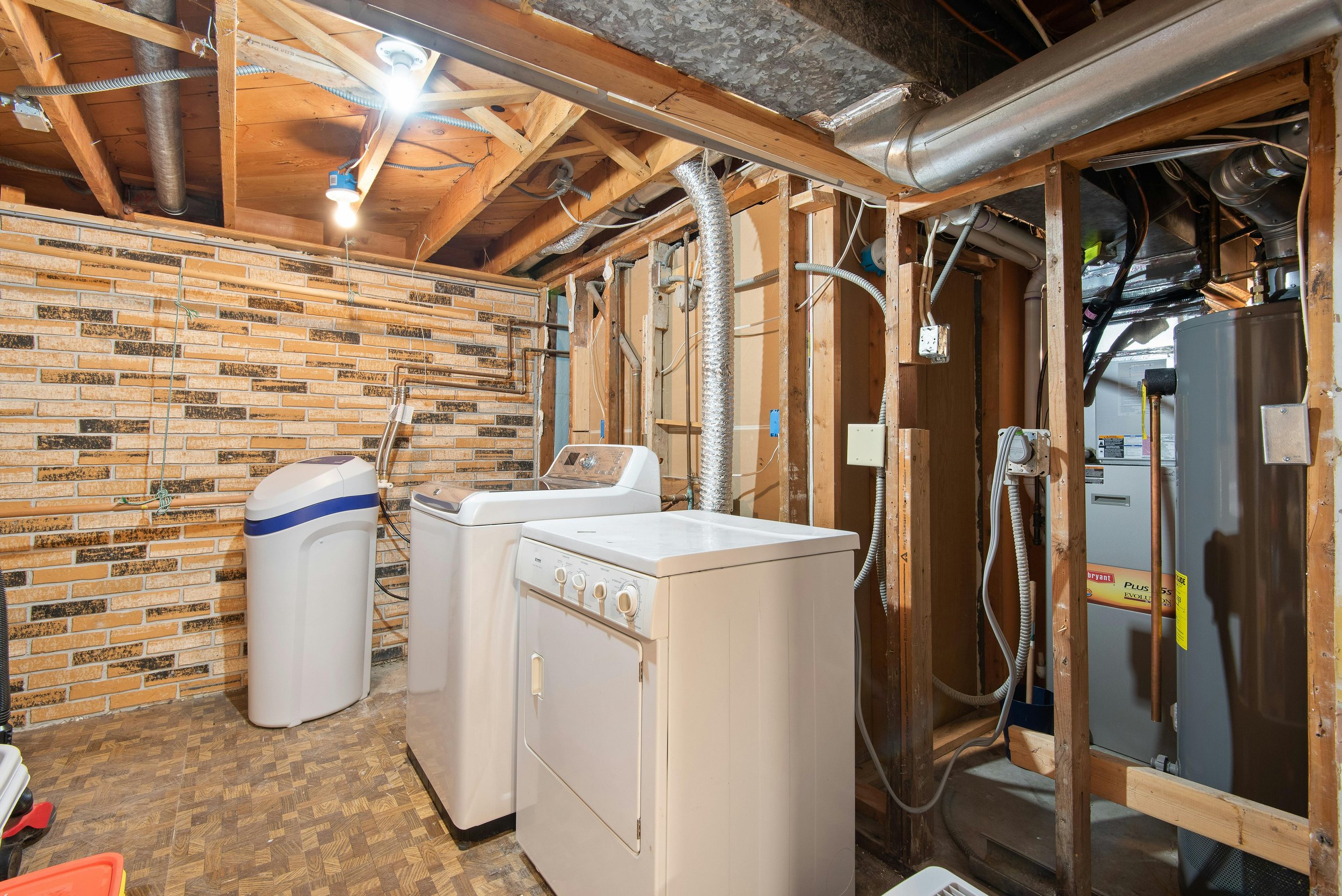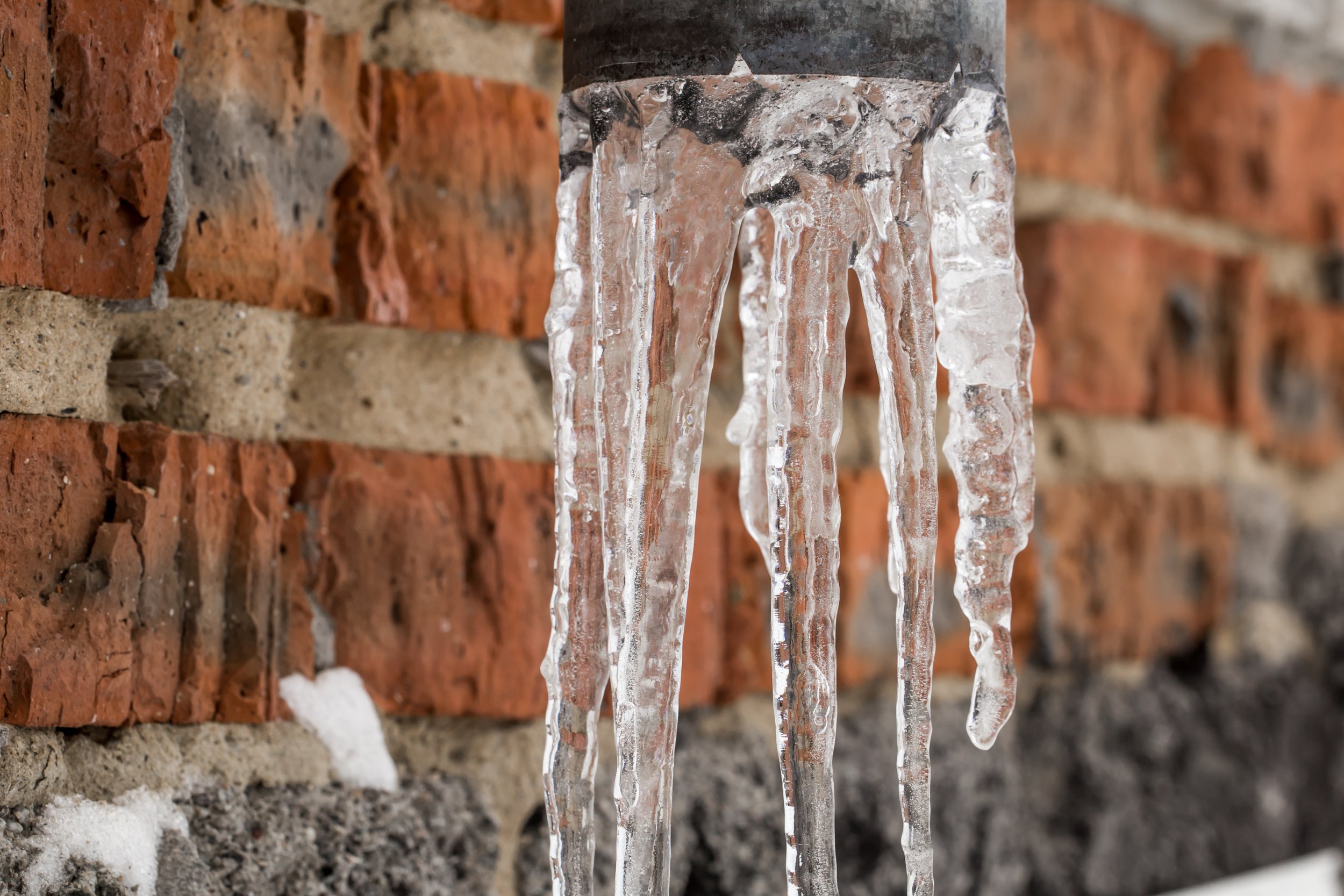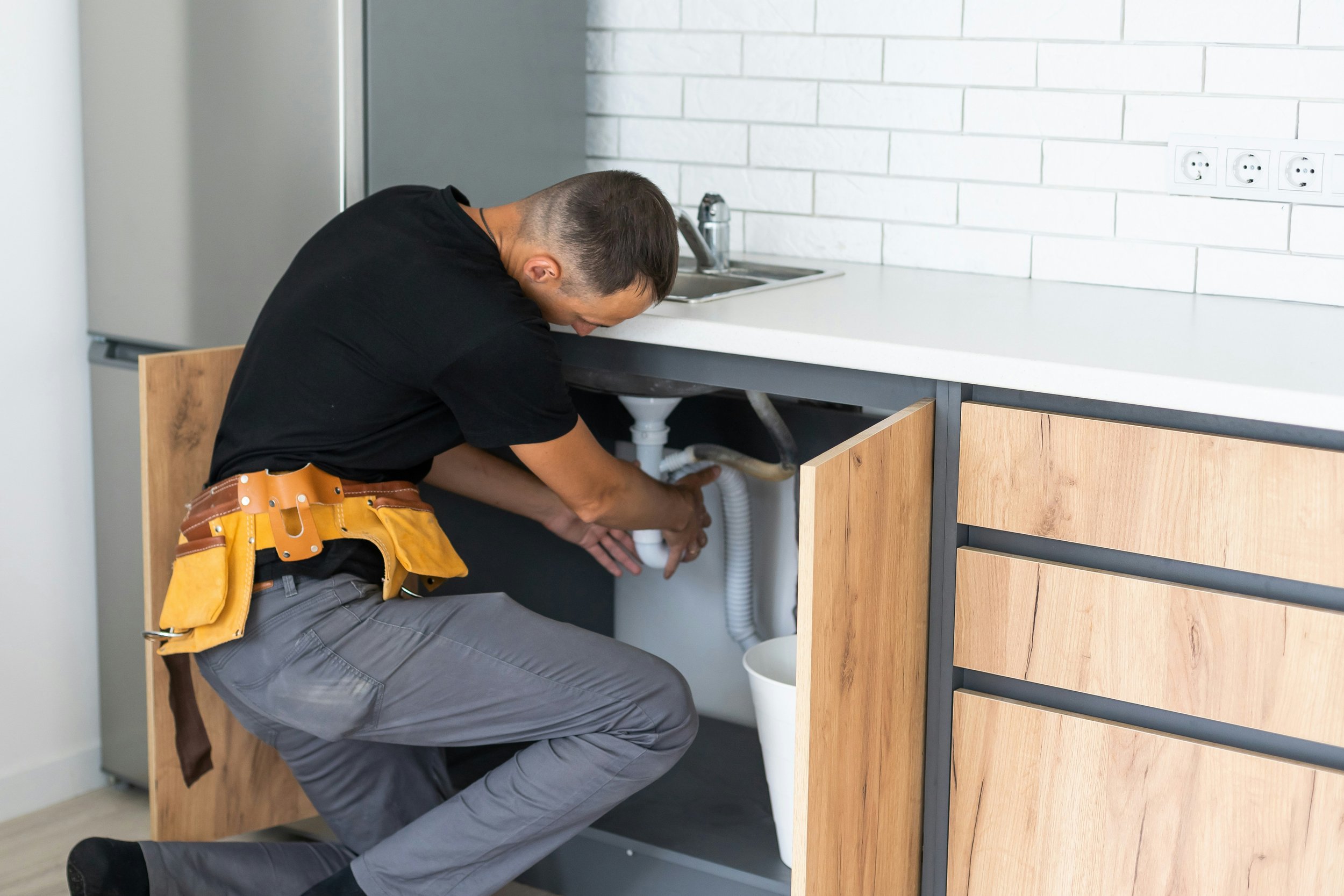Soft vs High-pressure Cleaning: Know Which is Best for Your House Exteriors?
Discover the differences between soft and high-pressure cleaning for your house exteriors. Learn which method is best suited for your home's needs to ensure effective and safe cleaning.
Roof cleaning is a tried-and-tested task in every household. Almost every residential home must schedule roof cleaning during major events. Despite its importance, cleaning roofs is a time-consuming task, and we understand it. There is an ongoing debate about whether to choose a soft-pressure or high-pressure cleaning method.
Cleaning the house's exteriors, including roofs, must be safe. In this guide, we will help you understand which type of cleaning technique is beneficial, depending on the situation of your roof and other house exteriors. Let's dive and understand each of the cleaning methods and their best use to keep the house exteriors shining all life.
Basic Difference Between Soft Pressure Cleaning vs. High-pressure Cleaning
Soft-pressure Cleaning is an effective way to clean dirty surfaces. Usually, the pressure of soft-pressure cleaning ranges from 500 to 1000 PSI. Primarily, this method is more effective for clearing moss, algae, and other fungi nesting on any of the house corners. Having said that, this specialised cleaning method is also convenient for cleaning delicate and dusty surfaces.
High-pressure Cleaning is another effective method for blasting away stubborn stains, grease, and dirt that is difficult to break down with soft-pressure cleaning. With its high-pressure water force, which typically ranges between 1500-4000 PSI or higher, this method is safe and effective only for durable surfaces like concrete, stone, brick, and metal.
Before you think of it as a substitute for soft-pressure cleaning, it is important to consider the present condition of your cleaning area. This will help you determine the various uses of both soft-pressure and high-pressure cleaning.
Situations That Require Soft-Pressure vs. High-pressure Cleaning
Instead of relying only on one conventional approach, it is important to understand the cleaning area, its surface, and if a particular cleaning method checks on the safety. Here is how you can pick one cleaning method depending on the condition.
● Roofs:
Roof surfaces, whether concrete, asphalt, metal, tiled, or fibreglass, require no one type of cleaning method. It is essential to first analyse the presence of stains, grease, and bacterial growth on the roof corners and hard-to-reach areas.
Gentle soft-pressure cleaning is a safe bet if your roofs have surfaces like asphalt shingles, wood, or are painted. However, if they have concrete, metal, or other durable surfaces, high-pressure water alone is sufficient to remove the contaminants.
Roof cleaning has no standard process, which is why professionals help ensure that roofs are cleaned and maintained without a single damage.
● Concrete Driveway:
Concrete material is a durable and resistant material that can easily survive high-pressure water jets without breaking down after some time. If oil, dirt, and tyre marks are visible across concrete driveway lanes, it is finally the right time to wash off the driveways with high-pressure cleaning methods.
You can use only water or combine it with any specialised solution to clean these surfaces. Low-pressure settings work to an extent for decorative driveways, but the porous nature of concrete demands cleaning that can effectively lift the dirt from the underlying layers.
● House Siding
High pressure cleaning is the most effective method for removing stubborn dirt, grime, and mildew from durable sidings like brick, concrete, and some types of hard vinyl. The strong water stream can quickly eliminate contaminants embedded in the textured surfaces.
However, if you are cleaning older vinyls, painted ones, or timber-decorated sidings, the soft and gentle pressure of cleaning solutions is an ideal match to protect the structure.
● Decks
If your home has durable hardwood decks or composite materials that can withstand the force of the high-pressure water streams, pressure cleaning shouldn't be a concern. It effectively removes built-up dirt, algae, and grime, rejuvenating the deck's appearance.
On the contrary, softer woods like cedar or pine and decks with older or peeling paint only require a smooth cleaning process. This method requires calling professionals who can remove the stains without causing the wood to degrade after time or stripping the paint.
● Patios
Both concrete and stone patios can be damaged by heavy stains or moss buildup. High pressure can penetrate the porous surfaces to lift and remove harsh contaminants. Beyond these obvious reasons, removing moss and algae from extensive patios is quick and effective. Some homeowners even think that pressure cleaning prepares the surface for better sealant adhesion.
However, if you are aiming for a target area or are dealing with sand-filled gaps on the patios, then the gentle approach is the best approach to protect the delicate structures.
● Fences
Homes with metal fences can prefer using high-pressure cleaning to remove rust, dirt, and old paint. The strong stream effectively cleans the dust from intricate designs and patterns and prepares the metal for repainting.
Wooden or many types of vinyl fences often suit low-pressure cleaning because of their ability to clean without causing the wood or vinyl to break or crack. Soft washing is also an approachable technique for newly painted fences to remove mildew and fungus with biodegradable cleaning solutions.
● Exterior Walls
High pressure can effectively clean hard surfaces like brick, stone, or concrete walls while restoring their appearance.
On the flip end, soft washing is better for stucco, painted surfaces, or older materials that might be damaged by high pressure. Soft washing ensures the walls are clean without causing structural or cosmetic damage.
Final Words
Choosing between soft-pressure and high-pressure cleaning methods for your house exteriors depends on the type and condition of the surfaces. Soft-pressure cleaning is ideal for delicate and older surfaces, including roof cleaning, ensuring a thorough clean without causing damage. On the other hand, high-pressure cleaning is perfect for durable materials that can withstand the force required to remove tough stains and contaminants.
Whether you opt for the gentle effectiveness of soft washing or the powerful action of high-pressure cleaning, regular maintenance will keep your house exteriors looking their best all year round. Choose Exterior Clean Melbourne for a practical and customised house exterior cleaning experience at a very affordable price.

